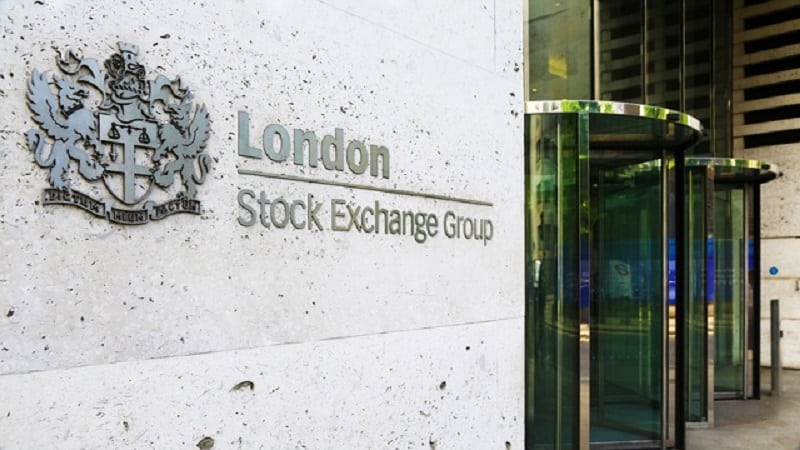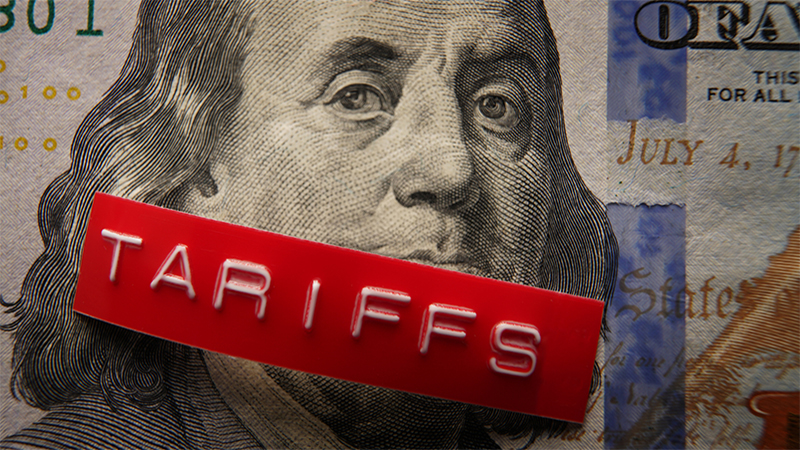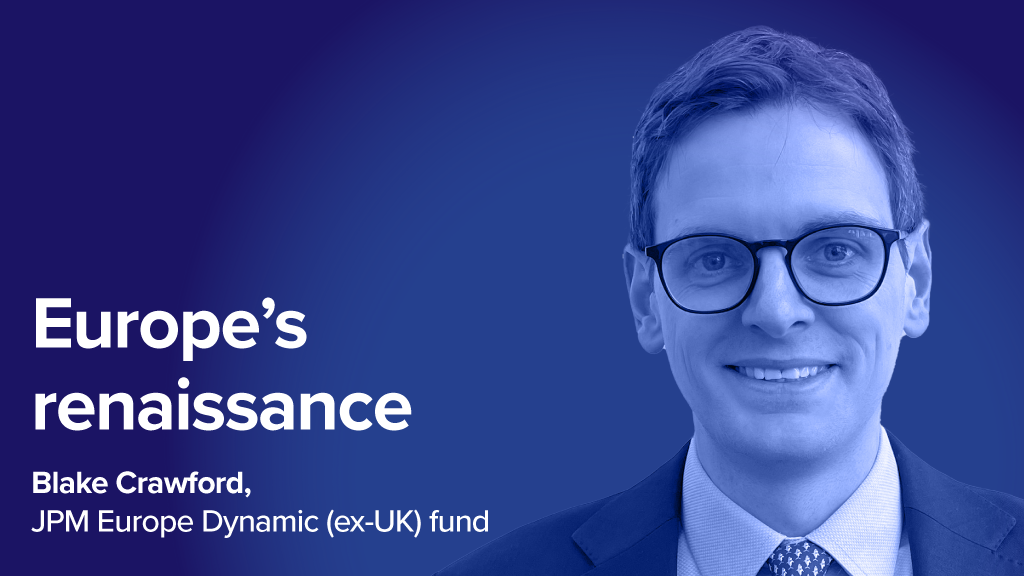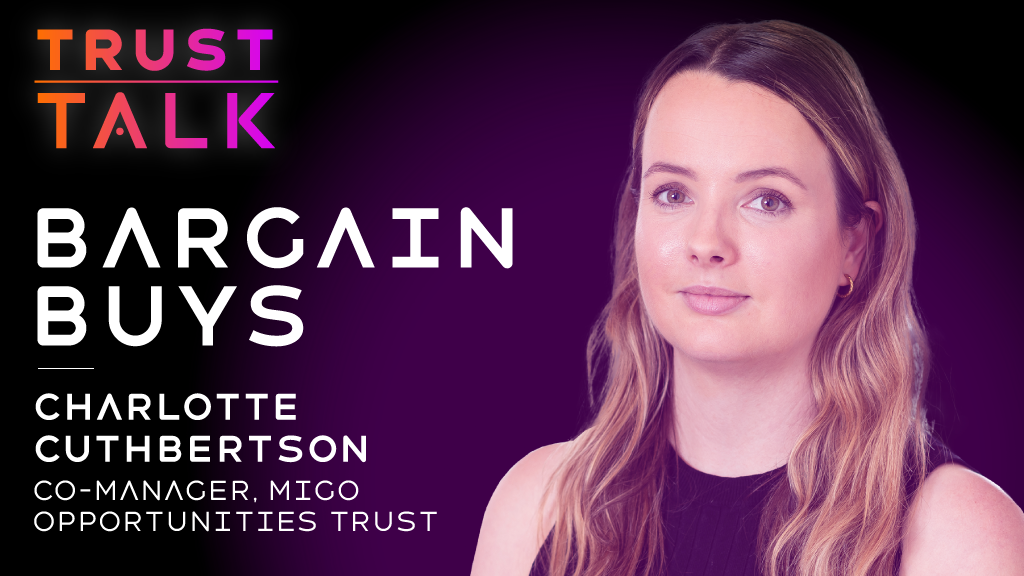At around £213bn, IA Global is the largest standalone Investment Association sector, representing some 30% of assets in equity funds, an increase of 25% from 12 months ago. The category is roughly split 75/25 between active and passive, respectively, with more than 550 funds for investors to choose from.
To be included, each fund must follow the simple rule of being geographically diversified. Otherwise, the sector holds a vast variety of strategies that may be differentiated by both style and theme. Even within the passive space, the options vary from mainstream global funds, to sector and specialist index trackers.
In the past 12 months, 10 new launches have been added to the category, with the vast majority of these being active funds. However, passive offerings still dominate flows into the sector, as investors continue to seek lower-cost solutions with minimal deviations from their benchmarks.
This has been a prevalent trend in recent years following a disappointing 2022 and the rise of the ‘magnificent seven’ from 2023 onwards. As a result, the benefits typically associated with diversification have barely been felt. Among the largest funds in the category, this has resulted in most active strategies lagging behind the broader global indices, which only serves to increase investor appetite for passives.
That said, outside of the sector’s Goliaths, smaller active funds have performed well during the previous three years, which does highlight the importance of fund selection.
Read the rest of this article, plus Ajay Vaid’s funds to watch by assets under management, three-year performance and newcomers in January’s Portfolio Adviser magazine










